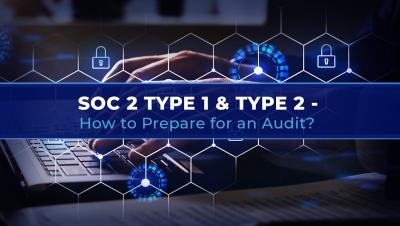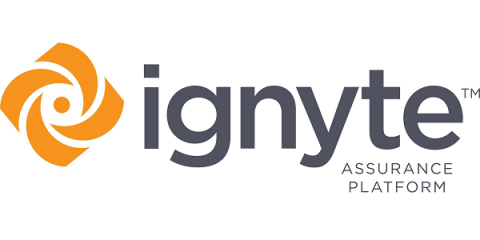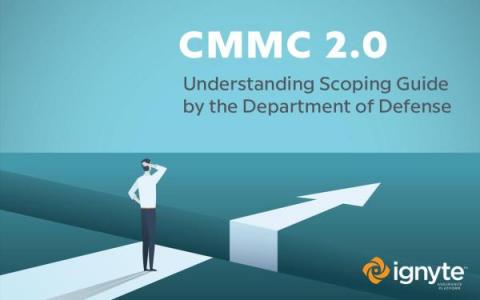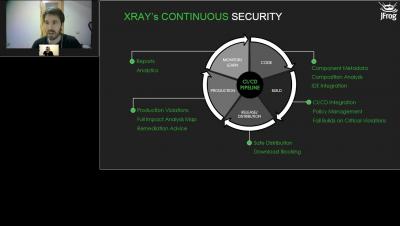What is ITAR Compliance?
Most organizations, especially those in the defense trade, are finding themselves on the spot when their prime contractors ask them whether they are ITAR Certified and ITAR Compliant. Some contractors even want to know the steps you're taking to meet this regulation. As a chief information security officer, you've probably heard of CPA and GDPR compliance and their role in consumer data. But, how well are you versed with International Traffic in Arms Regulations (ITAR)?













